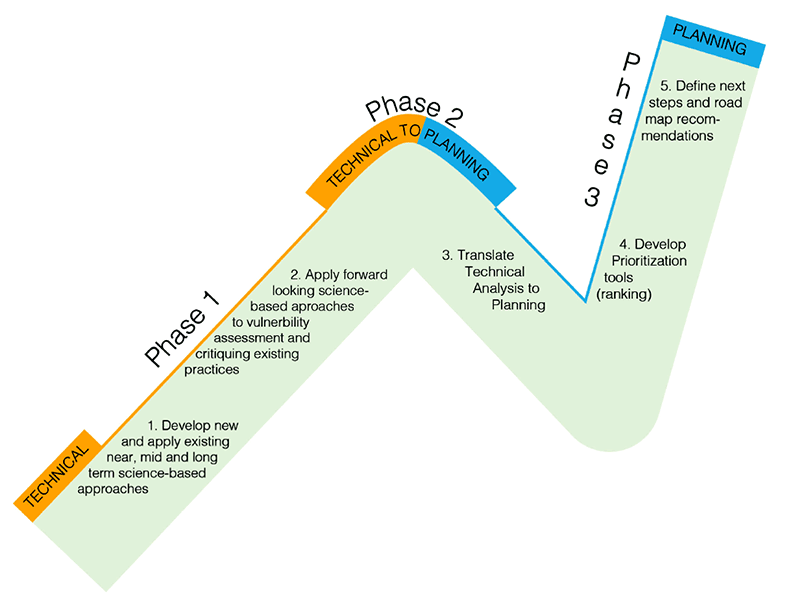Resilient Connecticut Planning Phases
Phase I
Planning Framework
During Phase I of the project, the CIRCA team engaged a broad range of stakeholders on the development of a Resilient Connecticut Planning Framework. This Framework guides the plans, projects, and research activities initiated during Phases II and III and builds from the range of ongoing climate adaptation activities occurring in the state. The Framework connects science-based risk assessments with innovative design strategies and applies them to planning practices. The RCPF introduces a variety of applied tools and methodologies intended to influence Connecticut's resilience planning moving forward, focusing on five themes.
Phase II
The central component of Phase II is a regional risk and vulnerability assessment for all municipalities in southern and central Connecticut coupled with identification of “zones of shared risk”. The analysis and draft products were informed by extensive stakeholder engagement, which is described in the Phase II Engagement Report.

As part of Phase II's regional vulnerability assessment, 177 Resilience Opportunity Areas (ROARs) were identified and mapped to illustrate the intersection of climate induced flooding and heat risks with vulnerable populations and key regional assets. Assets include affordable housing, transportation assets, critical infrastructure, and valuable ecological systems along with other assets that impact the long-term resilience and potential of the region.
Visit the Resilient Connecticut StoryMap page on the "Map Viewer" tab to learn more specifically about the top ROARs identified in each of the project areas. These ROARs were chosen based on the vulnerability assessments as well as ongoing engagement with stakeholders to incorporate municipal and regional goals.
A final report is also available summarizing Phase II work and the process for identifying and refining these ROARs, which will be further explored in Phase III of the project. Other results of Phase II are captured on a Climate Change Vulnerability Index or "CCVI" products page under the "Map Viewers" tab with links to map viewers, webinars, and fact sheets.
Phase III
Phase III of Resilient Connecticut developed location specific projects and site plans that build on Phase II Resilience Opportunity Areas (ROARS) with detailed analysis for implementation. Planning and technical support teams worked with communities to develop scientifically informed adaptation strategies and conceptual designs for the fourteen communities below. For each project, feasibility and implementation strategies were evaluated including historic and environmental permitting considerations, as well as a cost estimates, funding pathways, and coordination and alignment with Federal and State climate resilience programs.
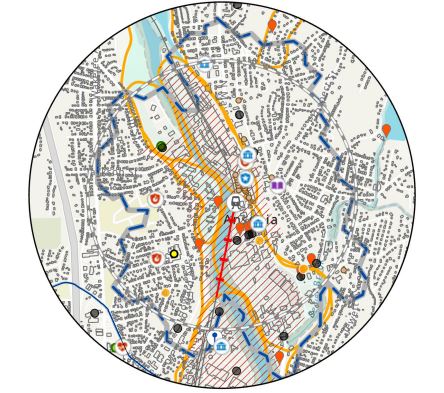
Ansonia
The resilient Ansonia project focuses on adapting to current and future climate induced flooding impacts in the downtown area and mitigating extreme heat impacts for residents.
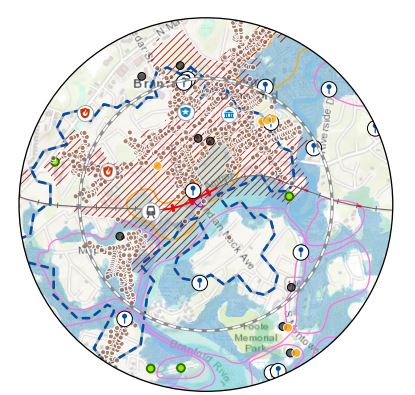
Branford
This project will address flooding from the Branford River, which occurs when the river (a tidally-influenced estuary) overtops its banks and water flows through an underpass serving a one-way street off Indian Neck Road at the railroad grade.
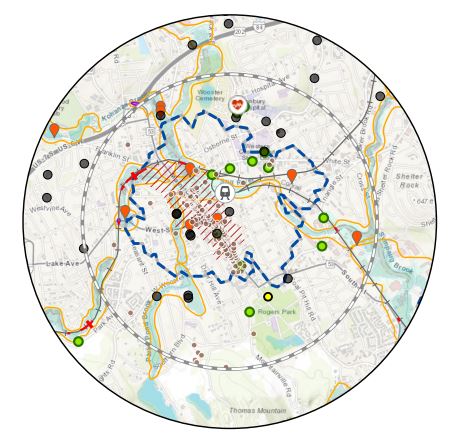
Danbury
In addition to critical roadways and egress routes impacted by flooding, this project will assess future conditions and adaptation alternatives to mitigate flood and heat risks for critical facilities along Main Street, existing affordable housing complexes such as Danbury Commons, and private properties and future development.
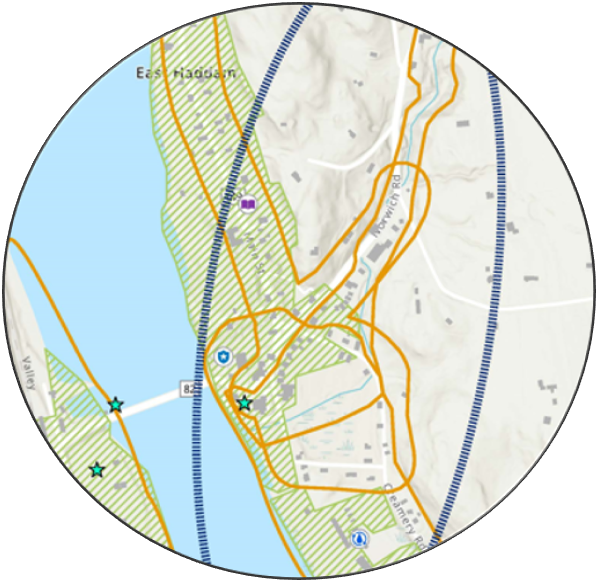
East Haddam
This project focuses on flooding from Succor Brook and the Connecticut River in East Haddam center. Flooding of Succor Brook has impacted buildings owned by Goodspeed, Norwich Road (Route 82), Creamery Road, and Lumberyard Road.

East Hartford
This project focuses on stormwater flooding in Downtown East Hartford particularly along Main Street from Connecticut Boulevard to the railroad underpass. The East Hartford Flood Control (Levee) System provides some flood protection from the Connecticut River, but stormwater flooding remains a concern.
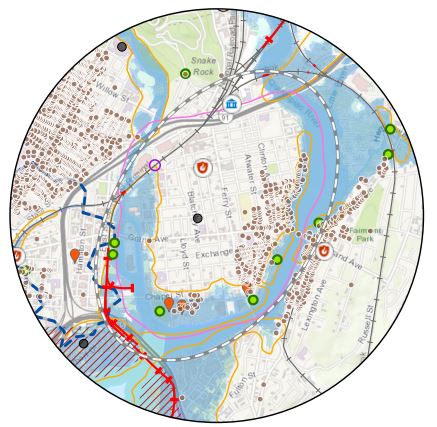
Fair Haven
This project focuses on developing adaptation strategies to mitigate current and future climate induced flooding impacts to community assets and transportation corridors, as well as developing strategies to help mitigate the impacts of extreme heat for vulnerable community residents.
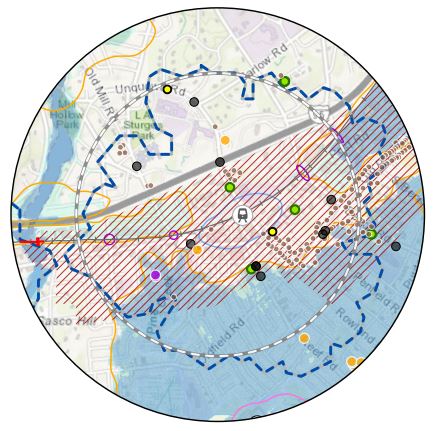
Fairfield
This project focuses on adapting to current and future climate induced flooding impacts to downtown Fairfield transportation routes where flood risk from storm surge and tidal flooding, extreme precipitation, and riverine flooding occurring simultaneously would present significant public safety challenges to residents, hinder the use of transit, and impair numerous small businesses.
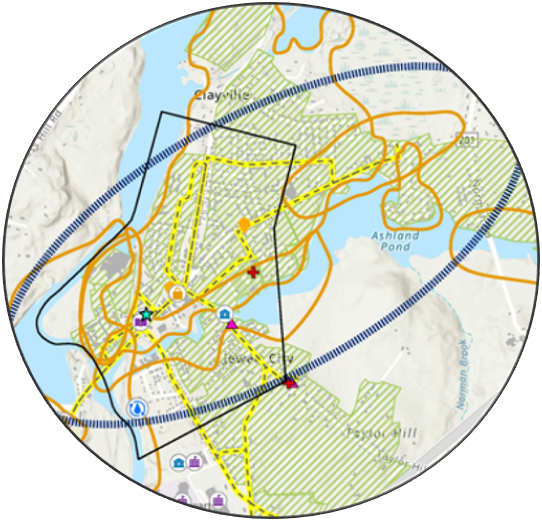
Jewett City
This project focuses on riverine floods which pose a risk to the residential housing complexes located north of South Main Street and west of Anthony Street. The Town Hall and library are located immediately east of the areas of flood risk, but access to these facilities requires egress from areas that can flood.

Piper and Webster Brook Corridor
This project focuses on mitigating the long-term impacts of climate change on the residents and business owners along the Piper Brook and Webster Brook corridor in central Connecticut, impacting the Newington, Berlin, and New Britain communities. Through this project critical flooding pinch-points and areas for future mitigation projects will be identified and prioritized.
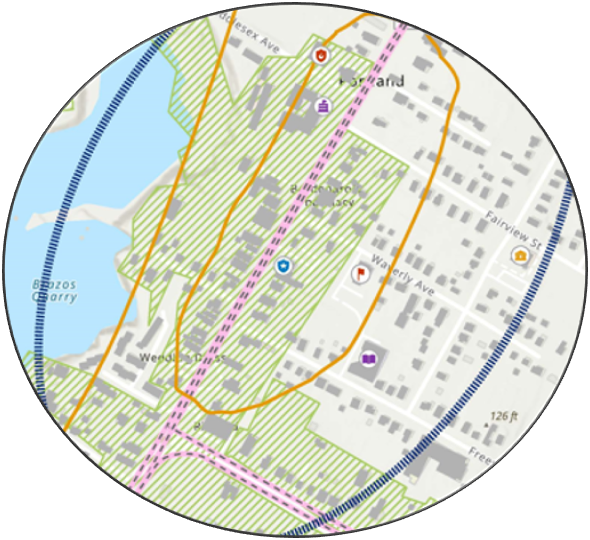
Portland
This project focuses on adapting to current and future climate induced pluvial flooding impacts to Portland's critical facilities including the senior center parking lot, police department parking lot, and library parking lot.
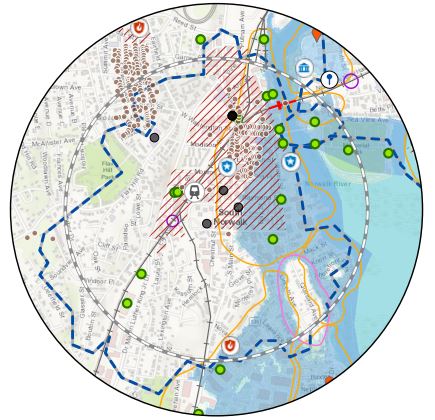
South Norwalk
This project focuses on mitigating the impacts of current and future climate induced flooding that impede access to lifelines and evauation routes from key neighborhoods and community assets as well as to help mitigate the impacts of extreme heat for the community.
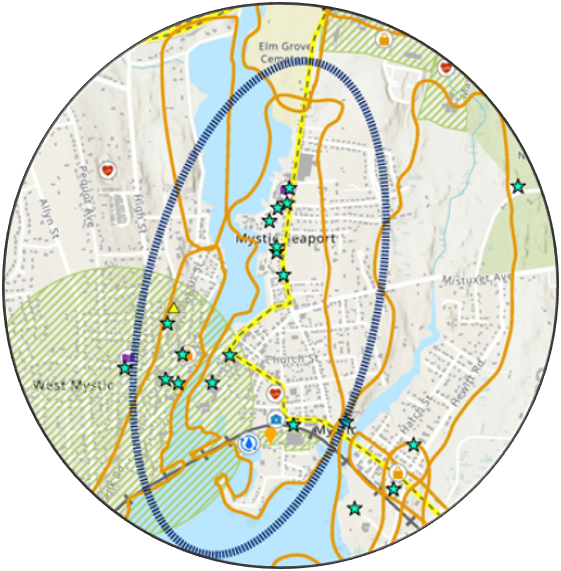
Stonington Mystic
The Mystic section of Stonington experiences coastal flood inundation from king tides, storm surges, and nor'easters impacting private and public properties, transportation infrastructure, transit lines, critical facilities such as the Mystic Fire Company fire station, historic and cultural resources, and major economic assets such as Mystic Seaport Museum.
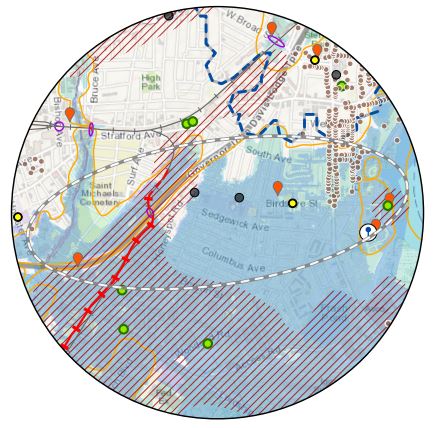
Stratford South End
This project focuses on mitigating the impacts of current and future climate induced flooding that impede access to lifelines and evauation routes from key neighborhoods and community assets as well as to help mitigate the impacts of extreme heat for the community.

Yantic River Corridor
This project focuses on flooding impacts to several locations along the Yantic River corridor in Southeast Connecticut from upstream of the Fitchville Dam in Bozrah to Uncas Leap in Norwich. Upstream locations in Bozrah and Franklin are also being considered for storage solutions.
